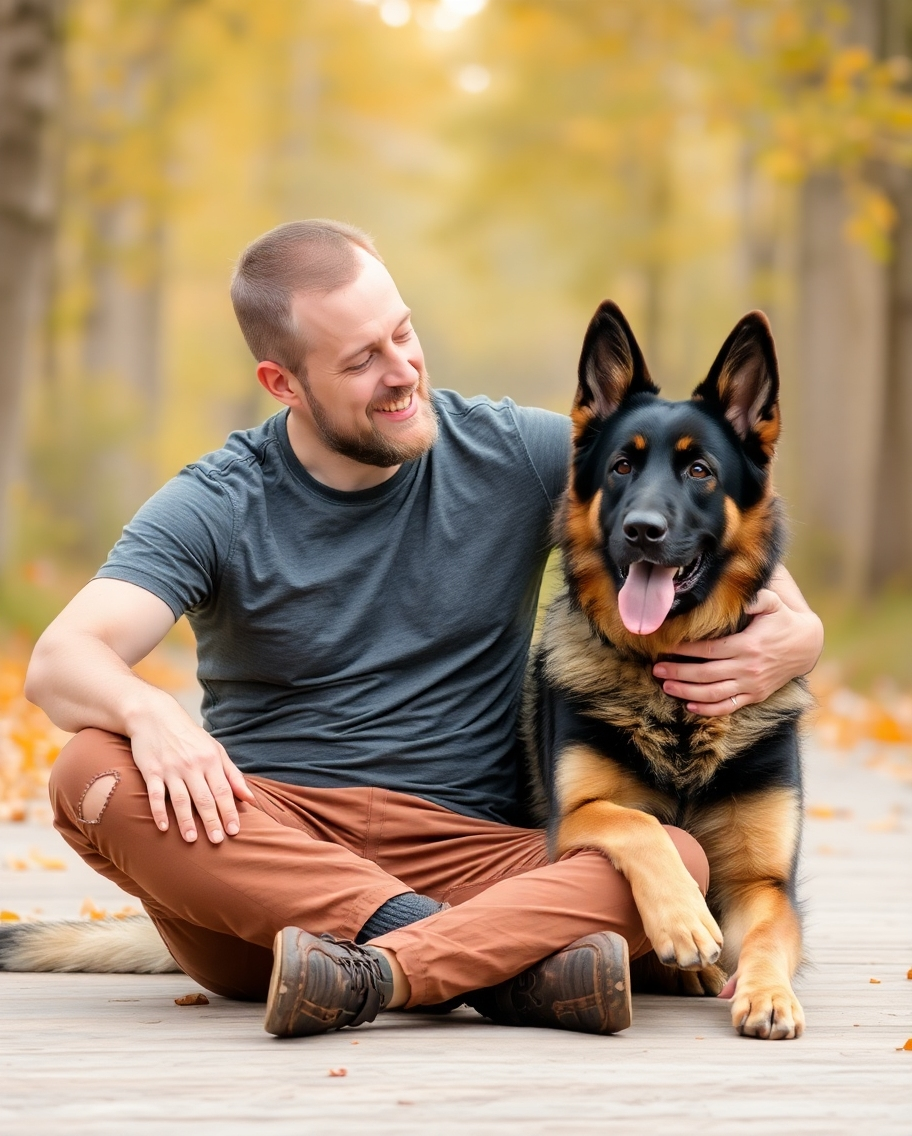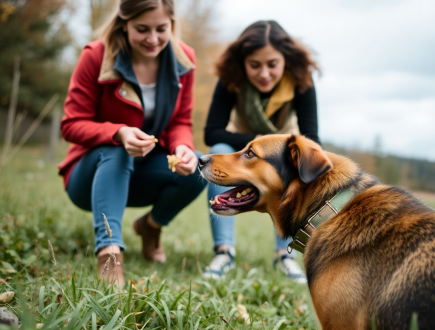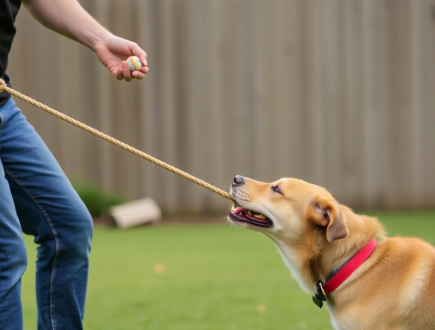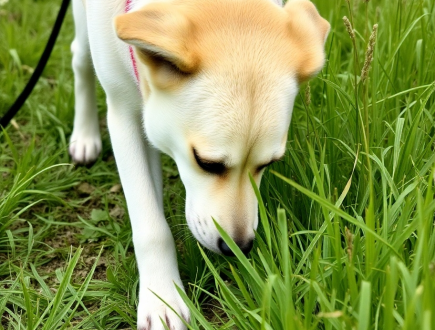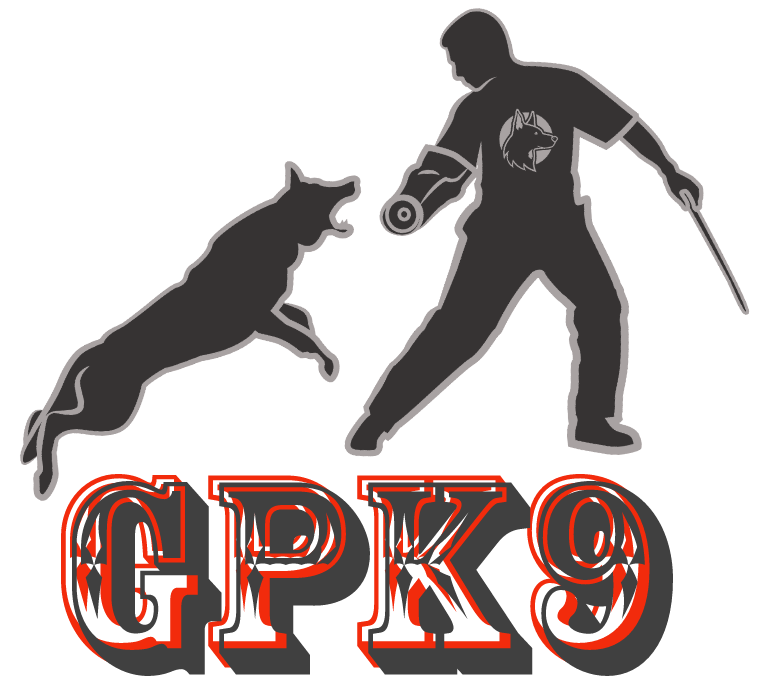Bonding With Protection Dogs
Bonding With Protection Dogs
Bringing home an adult protection dog is an exciting milestone, but remember: this is not just a pet—it’s a working dog. In this Bonding With Dogs blog, we’ll explore how to transition your dog into your home, build a strong relationship, and avoid common mistakes. Bonding With Protection Dogs highlights how to turn this bonding phase into a positive experience for both you and your dog.
Taking Your Protection Dog Home
When you bring home an adult protection dog, keeping things quiet and calm is essential. Allow the dog time to settle into their new surroundings without overwhelming them. Think of it like a child who has just been put to bed—you wouldn’t let someone come in and wake them up to play. The same applies to your dog; sudden stimulation can trigger high-drive behaviors that are hard to redirect.
For instance, after bringing your dog home, let them explore their new environment at their own pace. Avoid introducing too many people or activities. Observe them as they find their footing and learn their triggers. For example, loud noises, quick movements, or new objects might send them into high-drive mode. By giving your dog space and time, you’re helping them adjust in a way that sets the stage for calm and positive behaviors.
Bonding Through Food and Fun
Building respect and trust with an adult protection dog is crucial, and food and fun are your best tools. For instance, in a Bonding With Protection Dogs scenario, you could play a simple game of hide-and-seek in your garden using small treats. Reward the dog each time they find you, reinforcing their focus and building trust in a fun and engaging way.
Why Keep It Fun?
Keeping it fun ensures the dog stays motivated and excited to work with you. For example, during walks, add short, playful exercises like recall or quick sprints to keep their energy directed and their mind engaged. This Bonding With Protection Dogs approach prevents boredom and strengthens your relationship. Remember, an adult protection dog thrives on positive, stimulating interactions.
The Power of Proper Fundamentals
A well-trained adult protection dog should already have solid fundamentals. Picture walking through a crowded park with your dog—they remain calm, focused, and non-reactive because they understand their job. This emphasizes the importance of Bonding With Protection Dogs—your focus should be on reinforcing their training and maintaining trust rather than starting from scratch.
Building Trust
Trust is the foundation of success in the Bonding With Dogs phase. For instance, if your dog hesitates to follow a command or engage with something new, give them time and use gentle encouragement. Imagine your dog being wary of entering a new space—kneel down, use a calm voice, and reward small steps forward. Trust develops through patience and positive reinforcement, not force.
Avoid Harsh Corrections
Harsh corrections can undo weeks of progress with an adult protection dog. Imagine your dog pulls on the lead—yanking or shouting may cause confusion or fear. Instead, stop walking, redirect their attention with a treat, and reward compliance. In the Bonding With Protection Dogs phase, maintaining trust is more important than immediate obedience.
Using Food as a Motivator
Hand-feeding is a vital part of Bonding With Dogs. For example, during a walk, let the dog check in with you naturally for a treat. Allow them to explore but reward focus and good behavior. If the dog pulls on the lead or shows undesirable behavior, consult the breeder or trainer who knows the dog’s history. They can offer tailored advice to maintain your bond.
High Energy in the House
Adult protection dogs often have high energy and drive. In the Bonding With Dogs stage, channel their energy into positive activities. For instance, if the dog gets overly excited, guide them to their designated area, let them calm down, and try again later. Praise calm behavior and ignore hyperactivity. Remember, your dog is like a highly trained athlete—they need both stimulation and rest.
Avoiding Bad Habits
The Bonding With Dogs stage is when habits are formed. Remove temptations such as shoes or unsecured trash, and redirect inappropriate behaviors. For example, if your dog starts chewing furniture, provide an appropriate chew toy instead. Reinforcing good behavior without harsh corrections helps build a strong foundation for trust and respect.
Final Thoughts
This Bonding With Dogs blog emphasizes the importance of trust, fun, and positive reinforcement when transitioning an adult protection dog into your home. By focusing on building your relationship and maintaining patience, you’ll ensure a smooth adjustment and develop a lifelong partnership with your working dog.
Previous Post
Taking on a Socialized Protection Dog
Next Post
Master Your Dog's Potential
